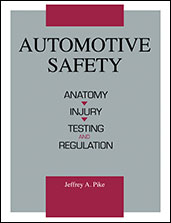Technical Paper
A Brief History of Auto Radio Styling
1989-02-01
890114
“There's nothing new under the sun,” the old proverb says. But you only have to read a magazine, scan a periodical, listen to the radio, watch television, or glance at the multitude of ads that promise that such and such product is the latest trend or has up-to-date, state-of-the-art technology, to seemingly prove the old proverb wrong. However, old proverbs become old because they withstand the test of time. In this case, a hasty judgement should be withheld. Currently, as in the past, the above holds true for car radios as well. Whether in the United States, Europe, Canada or Latin America, the public has always been susceptible to last minute technological advances. It is curious then, that as far as car radio styling is concerned, their appearance has been typically rather conservative, and that it is only recently that styling has begun to change to be more in tune with the times.


